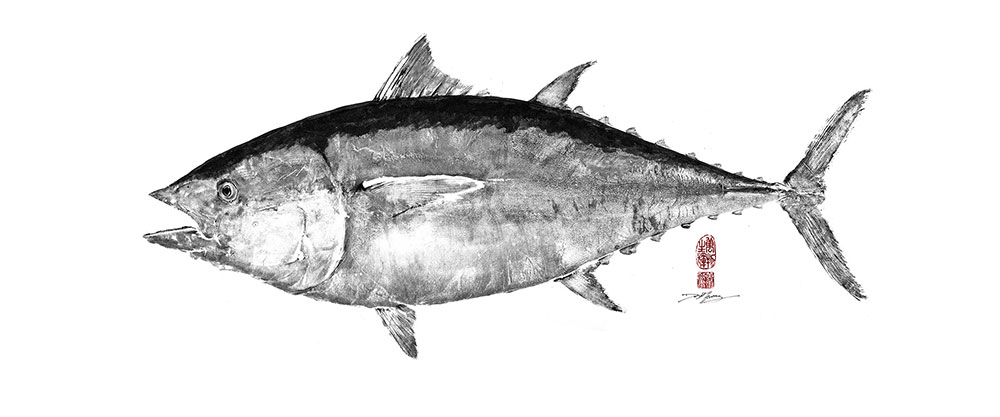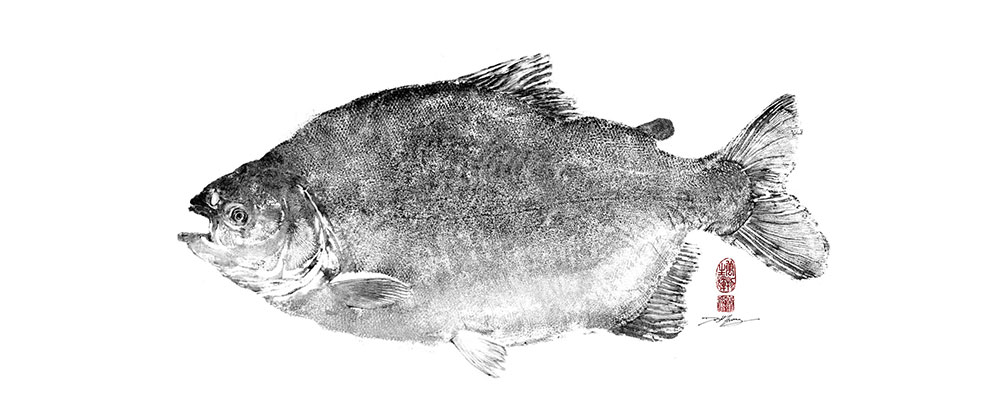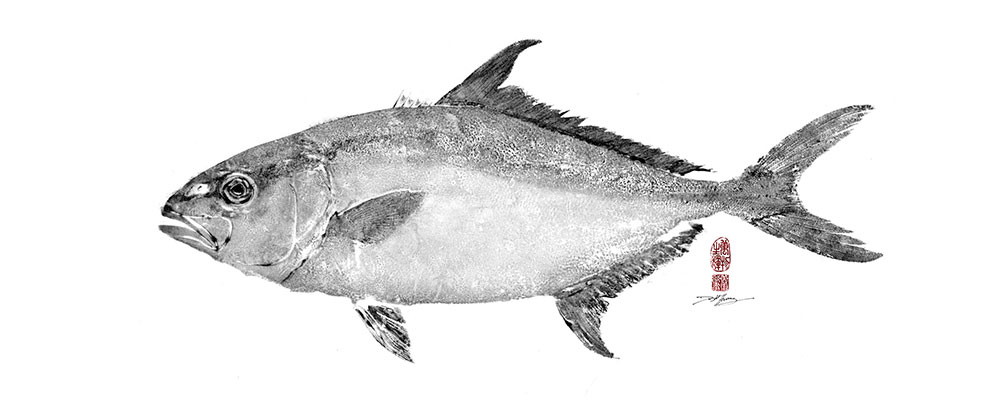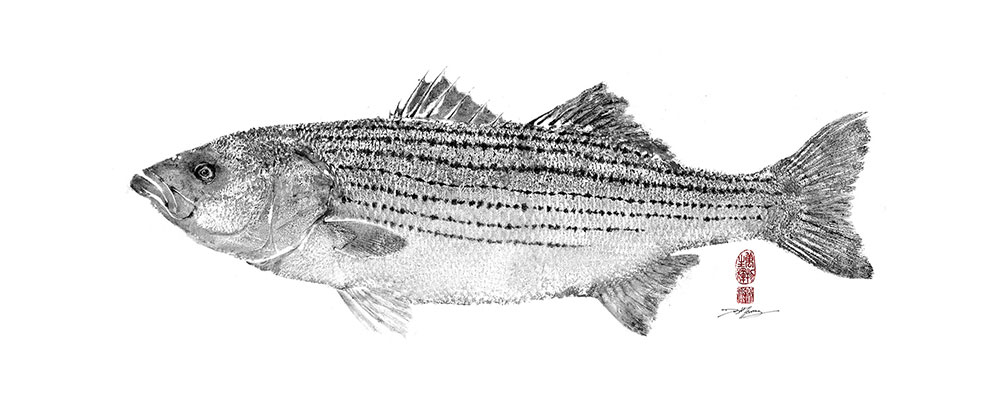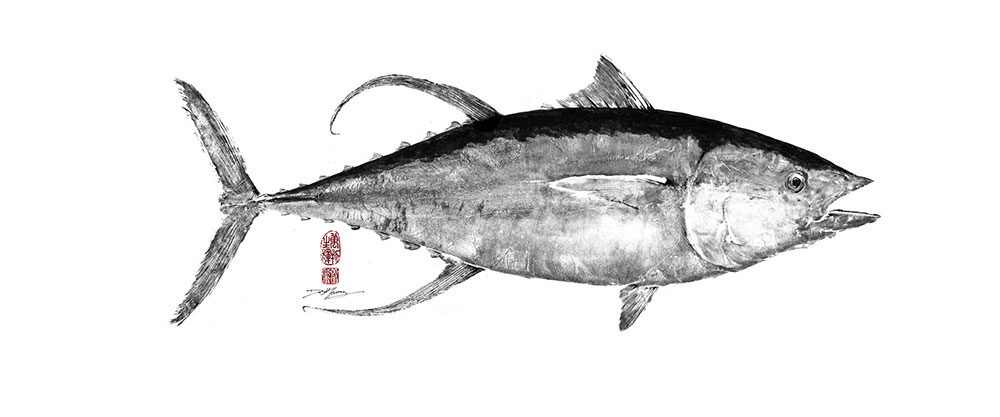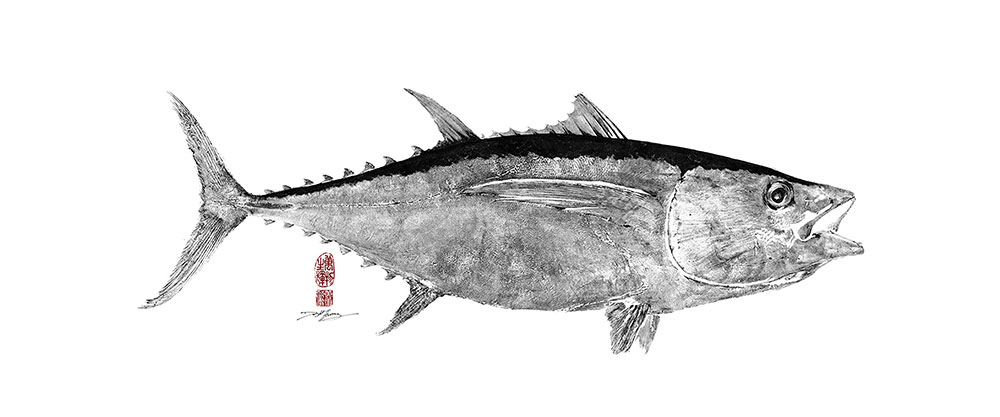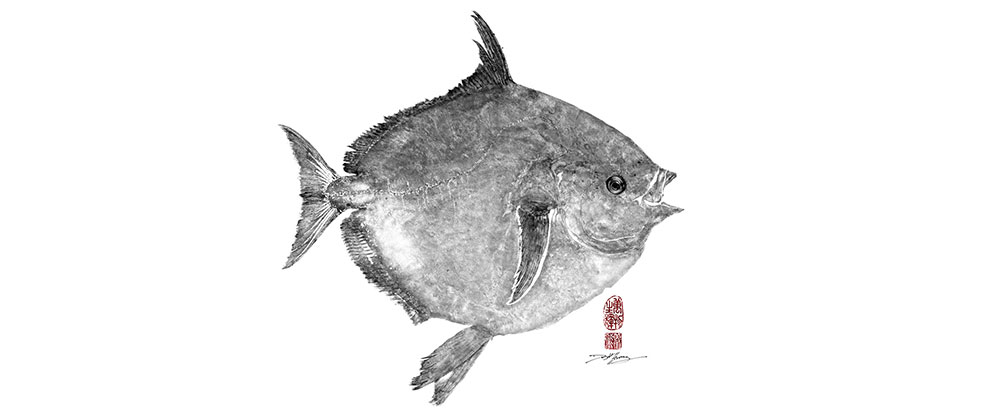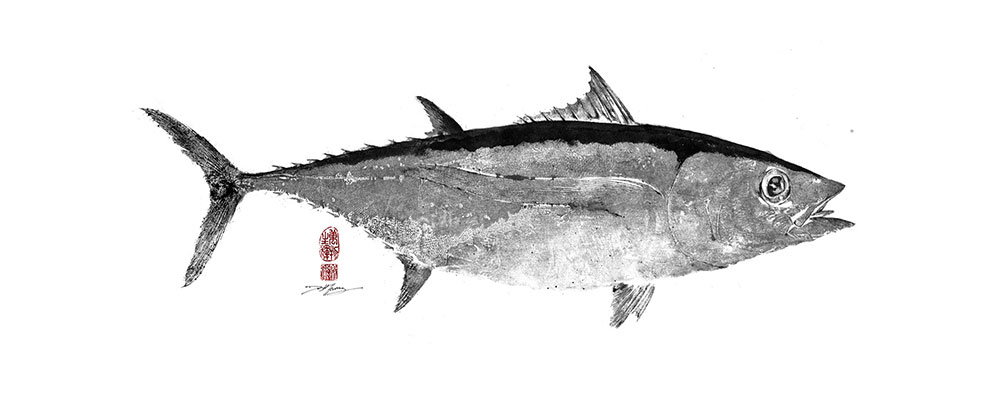
At Prime Time Seafood, we are constantly doing our part to ensure all products are at our levels of quality assurance. All items we carry must meet all necessary HACCP procedures along with full traceability from harvest to table. It is our duty to make conscious decisions, especially ones that will affect our environment for a win-win result. That is why we are consistently looking to develop our sources to protect our Oceans.
Aquaculture & Farmed
Sustainable farmed fish products are crucial because they offer a way to meet the increasing global demand for seafood without further depleting already stressed wild fish populations, thereby protecting marine biodiversity. By employing responsible practices like minimizing pollution, using sustainable feeds, and preventing escapes, sustainable aquaculture significantly reduces the environmental footprint associated with traditional or poorly managed fish farming. This approach not only helps ensure long-term food security by providing a consistent and healthy protein source but also supports coastal economies and livelihoods, making it an essential component of a more sustainable global food system
Wild Products
Using longline systems to harvest wild ocean species like tunas and opah offers specific advantages, primarily by yielding higher quality fish; since individuals are caught on baited hooks and brought aboard with less physical trauma than with some net-based methods, their flesh integrity is better preserved, which is crucial for valuable species like sashimi-grade tuna and opah. This method also allows for precise targeting of these pelagic species, as lines can be set at specific depths where tuna and opah are known to feed or migrate, making it effective in vast open ocean environments where these fish are often dispersed. Furthermore, longlining avoids the widespread seabed damage associated with bottom trawling (though it’s less relevant for these pelagic species, it’s a general benefit of the gear type), and with appropriate gear modifications like circle hooks, specific bait, and careful deployment strategies, it can offer a degree of selectivity, though vigilant management to minimize bycatch of non-target species like sea turtles, seabirds, and sharks remains paramount.

